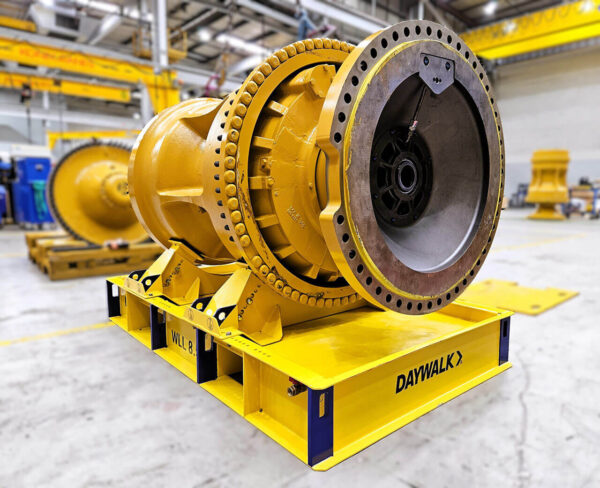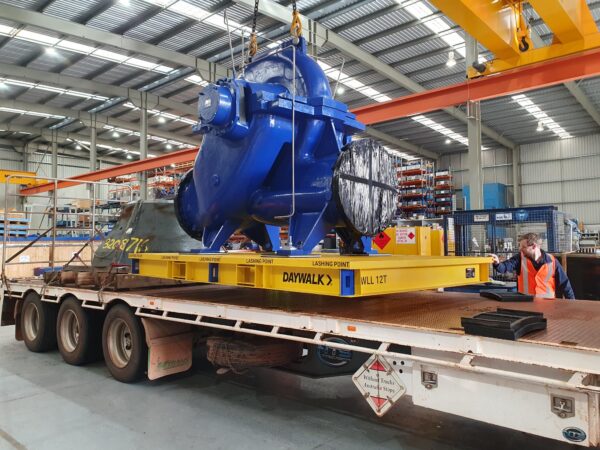Packing and shipping – most businesses that deliver goods cannot operate without these two processes. Proper packing and shipping can save business hundreds – if not thousands – of dollars in expenses. For example, poor packaging can lead to product damage, which in turn results in lost revenue and sunk costs (that is, resources spent on manufacturing the product in the first place). Appropriate packing and shipping minimise the possibility of these instances occurring, which is why it’s advisable to practice correct packing and shipping whenever possible.
REMOVE OLD SHIPPING LABELS
Recycling is not just an ecologically responsible practice these days – it’s also a frugal one. The principles of “reduce, reuse, recycle” extends to shipping as well, particularly with the recycling of old shipping boxes. There’s nothing wrong with reusing old shipping boxes or containers – in fact, a perfectly intact and serviceable box or container can save a business some resources that would otherwise have gone into the purchase of a new box or container.
It’s worth noting though that these old shipping boxes tend to come with shipping labels attached to them. Before reusing a shipping box or container to ship out products, be sure to completely remove the shipping label still attached to the box or container. If it cannot be removed for one reason or another, paint over or cover it up.
There are a handful of reasons to do so, the critical one being that of information security. Shipping labels contain crucial information that can be dangerous in the hands of malicious persons. If a business address is also the same as a home address, a malicious person may use information gleaned off a shipping label to commit identity theft or fraud.
Another reason to remove or cover old shipping labels is shipping logistics. These days, most shipping labels come with bar codes or QR codes. These codes contain crucial information about the destination of a shipment, which is why it’s important to remove or cover old shipping labels with these codes to avoid confusion about the destination of a shipment. If an old shipping label isn’t removed, with its bar or QR code still intact, and the shipping or mailing company scans the wrong code, a package may end up in the wrong destination. This could cost a business its resources, like time and finances.
BOX NESTING – A BOX WITHIN A BOX
There are instances in which packing goods into a single box won’t cut it. This is where nesting comes into play.
Nesting is the practice of placing one box or container inside another box or container for the express purpose of safer packing and shipping. Two boxes, for example, can provide a more stable packing option for fragile products than a single box might offer. In utilising two containers, the fragile package is doubly cushioned. Cushioning material like crumpled paper or plastic peanuts is packed into the outer box before the inner box is placed inside.
To further secure the package, place the box or boxes onto a pallet that utilises stacked pallet collars by nesting these boxes into a compartmentalised storage tool like the collared pallet. The collars protect the fragile goods packed into the boxes, as well as provide a stable foundation on which the products will be transported.
These suggestions are just two of the many that can make packing and shipping more effective. Try these tips out today.





